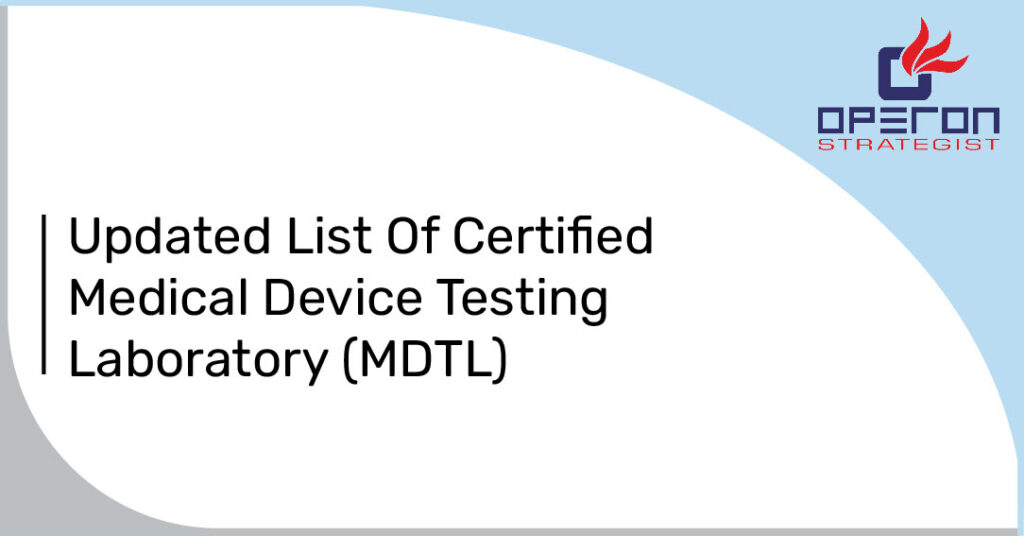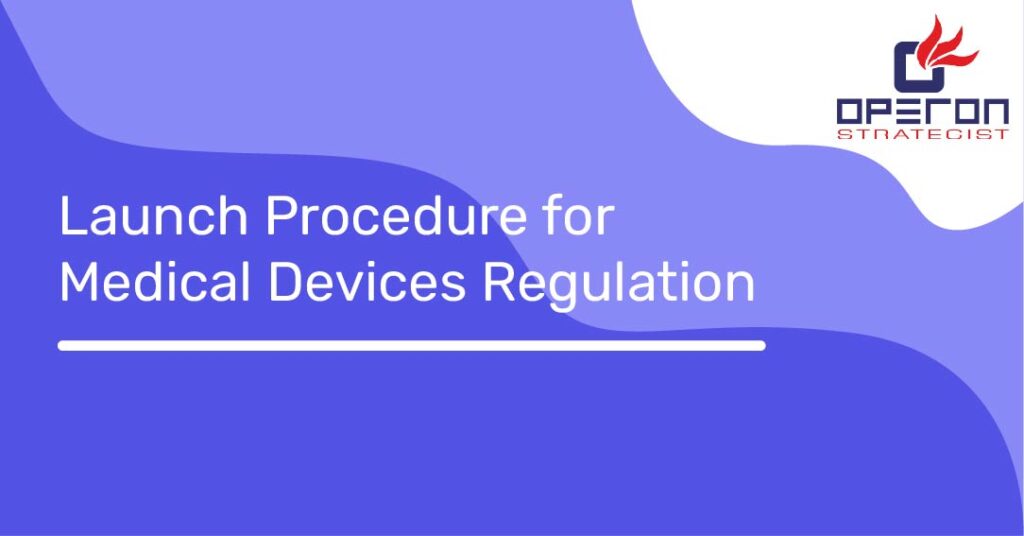Overview: USTR’s Claims and India’s Medical Device Policy Response
The United States Trade Representative (USTR), in its 2025 National Trade Estimate (NTE) report, raised concerns about India’s regulatory environment for medical devices. According to the USTR, high import tariffs, strict price controls, and restrictions on refurbished devices are acting as barriers for U.S. exporters. While these points reflect the U.S. industry’s interests, they don’t fully capture the intent and direction of India’s Medical Device Policy.
India’s Medical Device Policy 2023 was created to reduce the country’s overwhelming 70% dependence on imported devices—many of which come from the U.S.—and to boost local manufacturing capabilities. The policy is not about closing off the market, but about fostering an ecosystem that supports domestic innovation, ensures affordability, and enhances healthcare security.
Looking For a Medical Device Regulatory Consultant?
Let’s have a word about your next project
What the USTR Claims:
- Import Tariffs: USTR calls India’s 7.5% tariff on medical devices restrictive.
- Price Controls: They argue price caps on essential devices like stents and implants limit market access for U.S. firms.
- Refurbished Devices Ban: USTR highlights India’s restriction on used/refurbished equipment as a trade barrier.
- Regulatory Delays & IP Issues: The report also cites customs delays, intellectual property challenges, and approval timelines as obstacles.
India’s Standpoint:
India’s current tariff levels are quite modest by global standards. Domestic manufacturers have only proposed a gradual hike to 10–15%—a step intended to encourage local production, not block foreign competition. Similarly, price controls set by the National Pharmaceutical Pricing Authority (NPPA) aim to make life-saving devices affordable for the average Indian patient. These price caps are not arbitrary—they’re a response to the significant price discrepancies caused by aggressive marketing and distribution models from some multinational corporations.
The ban on importing refurbished and second-hand medical devices is another area where India’s intent is misunderstood. This move is primarily about patient safety and quality assurance. New, high-end devices are still available for those who can afford them, but the policy discourages over-reliance on reconditioned imports that can compromise treatment outcomes.
Key Initiatives Under the Medical Device Policy:
- Production Linked Incentive (PLI) Schemes to support local manufacturers.
- Medical Device Parks aimed at lowering production costs through shared infrastructure.
- Regulatory Upgrades under CDSCO, BIS, and Legal Metrology to simplify compliance.
- Support for MSMEs to ensure fair market access and foster innovation.
The USTR’s portrayal of India’s medical device market as protectionist misses the context of a country that is trying to meet the healthcare needs of over a billion people, many of whom face serious affordability issues. During the COVID-19 crisis, India witnessed first-hand how supply chain disruptions and monopolistic pricing models from global suppliers can severely limit access to essential healthcare technologies.
Yes, there are areas where India’s regulatory systems can improve—and efforts are already underway. Customs procedures have been streamlined, CDSCO and BIS have implemented several reforms, and the government continues to engage with stakeholders to refine its approach.
But framing the policy as anti-trade overlooks its core mission: building a fair, accessible, and resilient healthcare infrastructure that doesn’t depend on external sources for critical medical equipment.
Need help navigating global medical device regulations? Talk to Our Experts
Conclusion: Supporting Innovation with Trusted Expertise
As India advances toward becoming a global medical device hub, expert regulatory support is vital. Operon Strategist simplifies complex processes like FDA Breakthrough Device Designation, helping manufacturers navigate compliance smoothly.
From FDA 510(k) and CE Marking to CDSCO and UKCA approvals, Operon offers end-to-end support—including regulatory strategy, documentation, quality assurance, and facility planning. With Operon as a reliable partner, medical device innovators can reduce risks, speed up approvals, and confidently bring breakthrough products to market.
- adminhttps://operonstrategist.com/author/admin-2/
- adminhttps://operonstrategist.com/author/admin-2/
- adminhttps://operonstrategist.com/author/admin-2/
- adminhttps://operonstrategist.com/author/admin-2/




